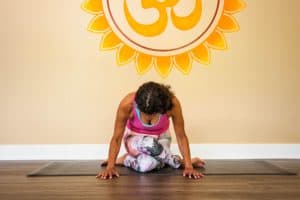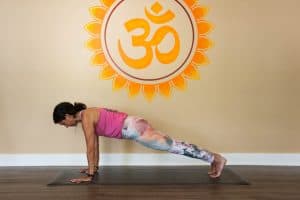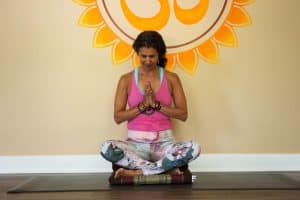
How Yin Yoga Can Help Us Heal
By Biff Mithoefer – The practice of yin yoga is a return to yoga’s ancient meditative roots. It’s a very simple practice; in its simplicity lies its quiet power. There are two things that make a yoga asana more yin. First, the posture must allow muscles to relax. It is only when the muscles relax that we may access the deep yin parts of the body, the connective tissue. Perhaps most importantly, the asana must be done with an attitude of yin acceptance. To understand what this means, we must have some understanding of the Taoist concepts of yin and yang. Yin Yoga Can Help Us Find Equanimity In Our Lives Taoist tradition speaks clearly of the unity of all things. From the Tao–that place before and beyond duality–came the whole manifested universe, the realm of yin and yang. The polarities of yin and yang began when the universe separated




